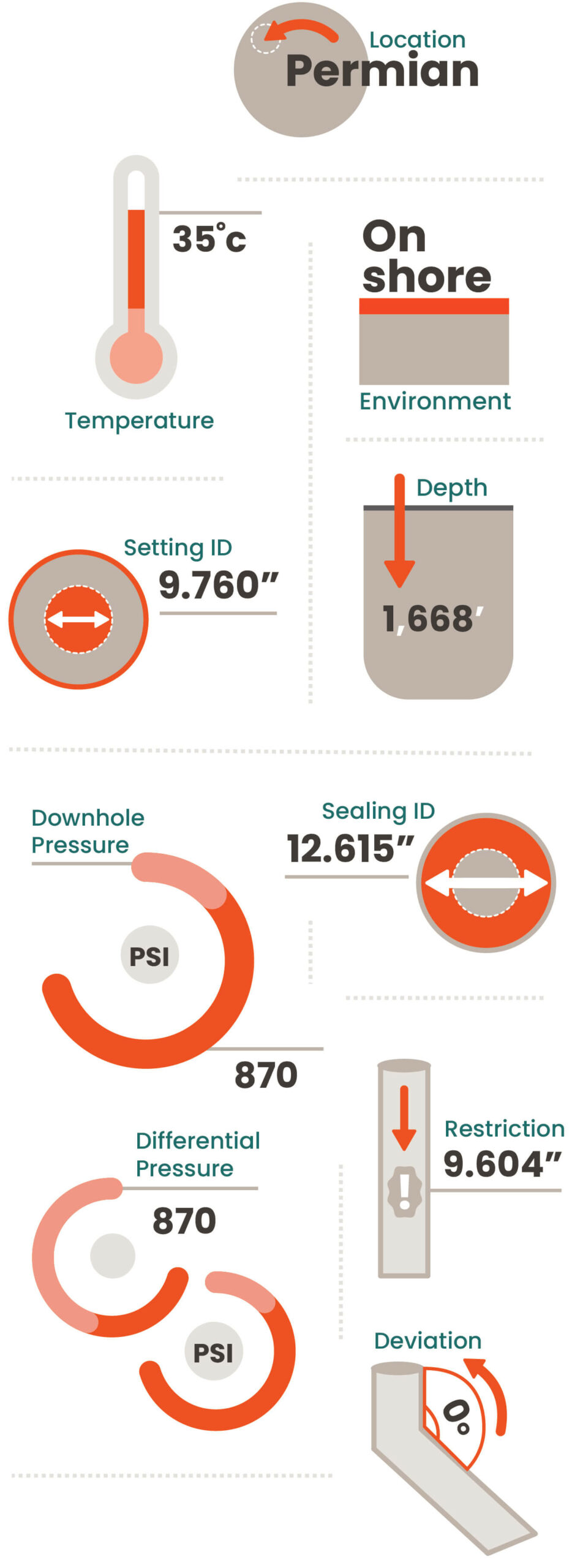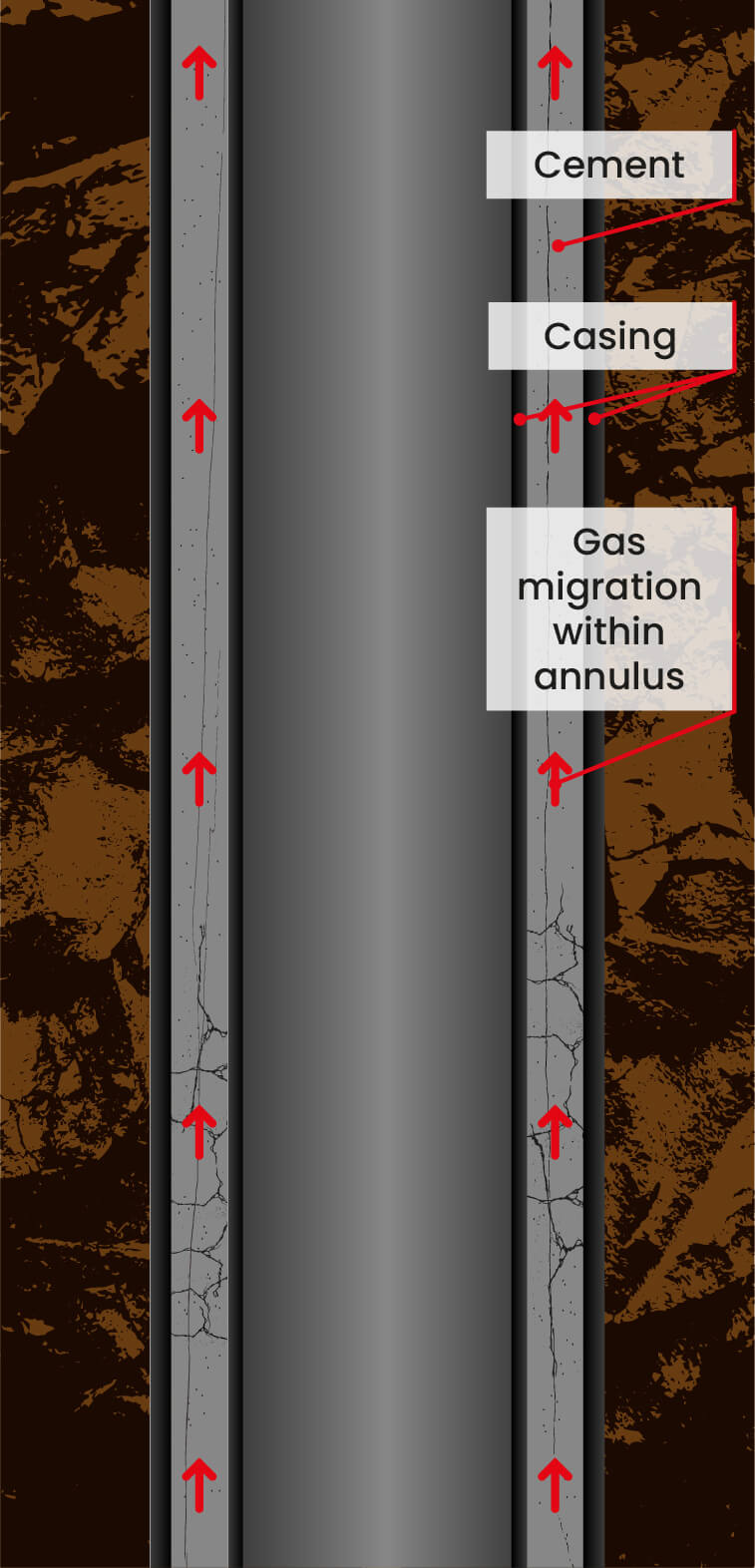Get in touch to find a permanent solution for your well
Businesses worldwide are benefitting from BiSN's well services in the field. Contact us today and embrace tomorrow's downhole well solution, today.
Well Abandonment with wel-lok™ CRT (Cement Repair Tool)


The wel-lok™ CRT (Cement Repair Tool) has been developed to eliminate sustained casing pressure, or casing vent flow, in cemented annuli. Unlike traditional methods of perf and squeeze or perf and wash, this tool does not require any surface pumping pressure to squeeze or circulate the sealing material into place. The tool is also run rigless on electric line, sealing through casing perforations, so section milling is not required.
The bismuth-based alloy has no porosity and solidifies to create a seal in minutes as opposed to hours with traditional cement and resins, eliminating the possibility of a micro-annulus being formed to allow future gas migration. If full bore access is required, it can be milled out and still maintain a gas tight seal in the annulus.


After discussions with the operator, a wel-lok™ CRT was chosen for this well in large part because of the previous successful deployment of over 100 wel-lok™ tools for abandonment to address gas migration. Prior to the deployment of the wel-lok™ CRT, perforation guns were run in the well to establish communication between the 10 ¾” and 13 3/8” casings. The CRT was run in the well, on wireline, to setting depth across the perforations and activated by applying 240V for 30 seconds. This started the chemical reaction in the heater to melt the alloy. With its low viscosity and high density, the alloy flowed through the perforations with gravity and into the annulus to provide an impermeable gas tight seal. An overpull was taken to confirm the tool had sent and anchored in the well and the CRT was electronically released from the wireline.
The well was successfully bubble tested, resulting in zero bubbles at surface and allowing the operator to complete the permanent well abandonment. With bubbles and pressure successfully eliminated from this well, BiSN moved on to the next well for the same operator with the same issues of sustained casing pressure and surface gas bubbles.
After multiple failed attempts to eliminate casing pressure and gas bubbles with cement, the operator was able to complete the well abandonment, as directed by the regulatory authority. Doing so allowed them to avoid potential fines and remove the well from their corporate liability.
The wel-lok™ CRT (Cement Repair Tool) was developed to eliminate sustained casing pressure, or casing vent flow, in cemented annuli. Unlike traditional methods of perf and squeeze or perf and wash, this tool does not require any surface pumping pressure to squeeze or circulate the sealing material into place. The tool is also run rigless on electric line, sealing through casing perforations, so section milling is not required. The bismuth-based alloy has no porosity and solidifies to create a seal in minutes as opposed to hours with traditional cement and resins, eliminating the possibility of a micro-annulus being formed to allow future gas migration. If full bore access is required, it can be milled out and still maintain a gas tight seal in the annulus.






Businesses worldwide are benefitting from BiSN's well services in the field. Contact us today and embrace tomorrow's downhole well solution, today.
Our website uses analytics, marketing and preference cookies to both provide the most relevant experience for our users and to give us information about how our site is used. By clicking “Accept All”, you consent to the use of these cookies. However, you may visit "Cookie Settings" to provide a controlled consent.
Accept All Cookies